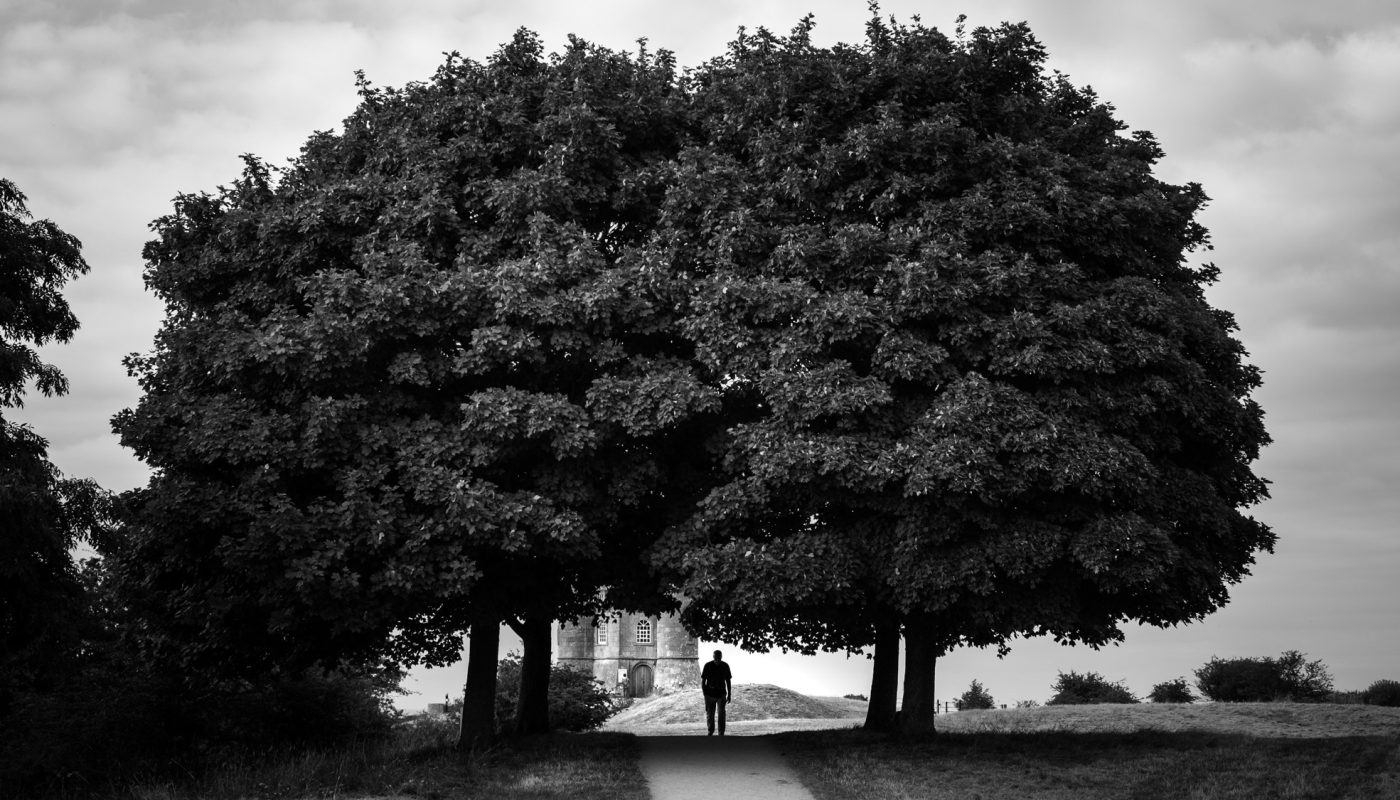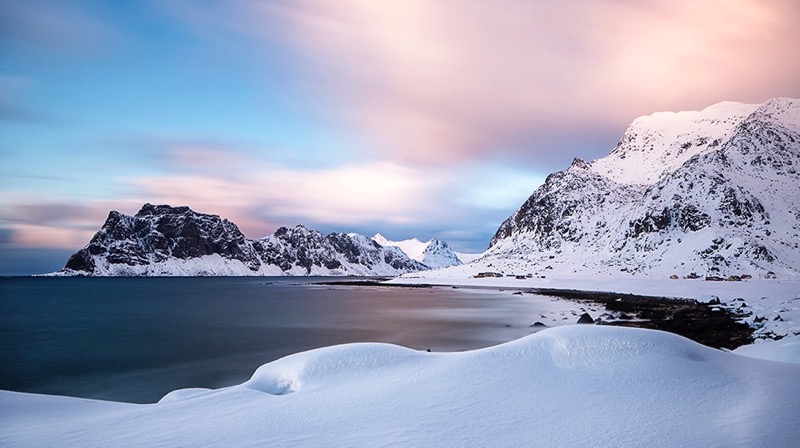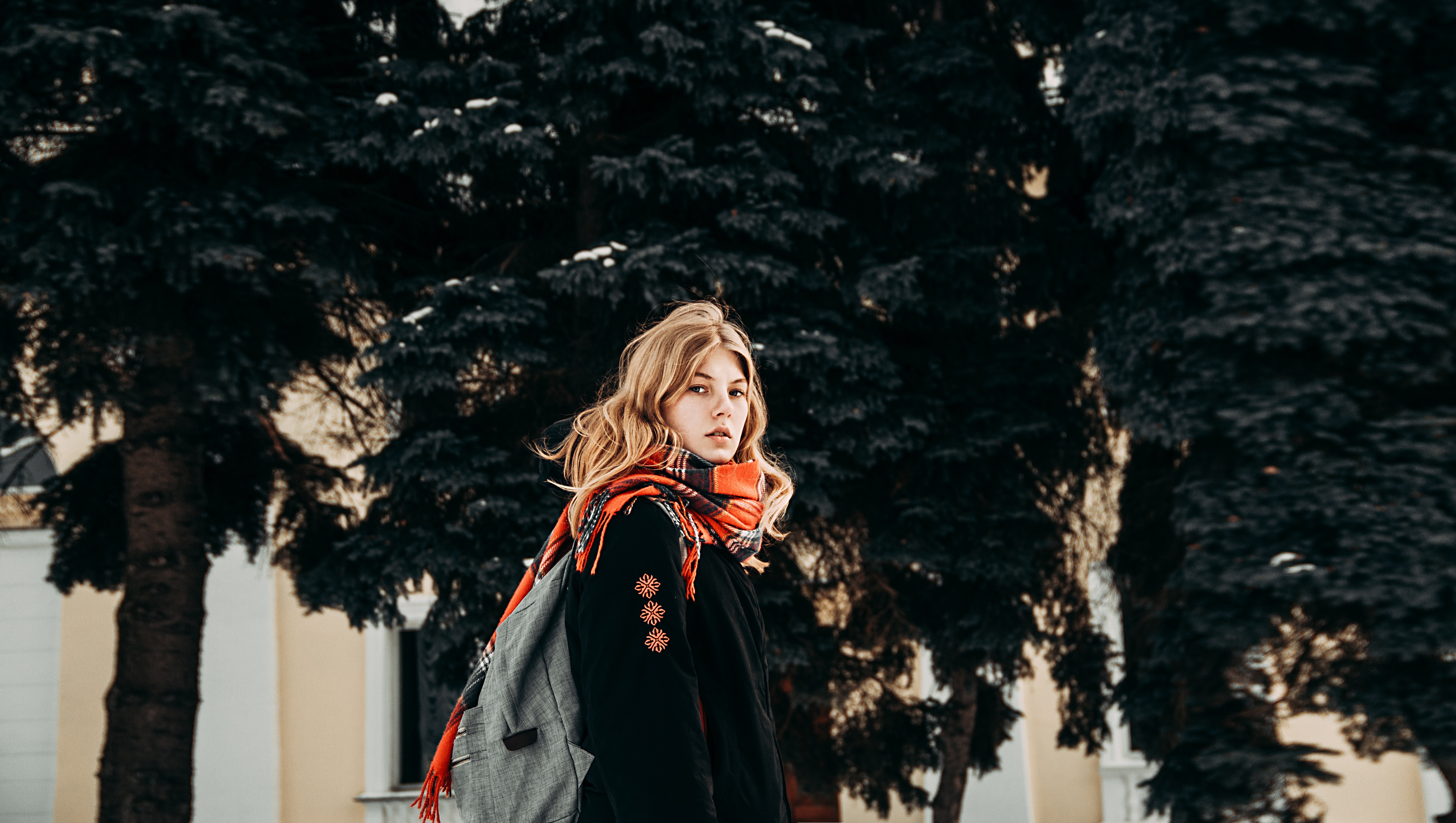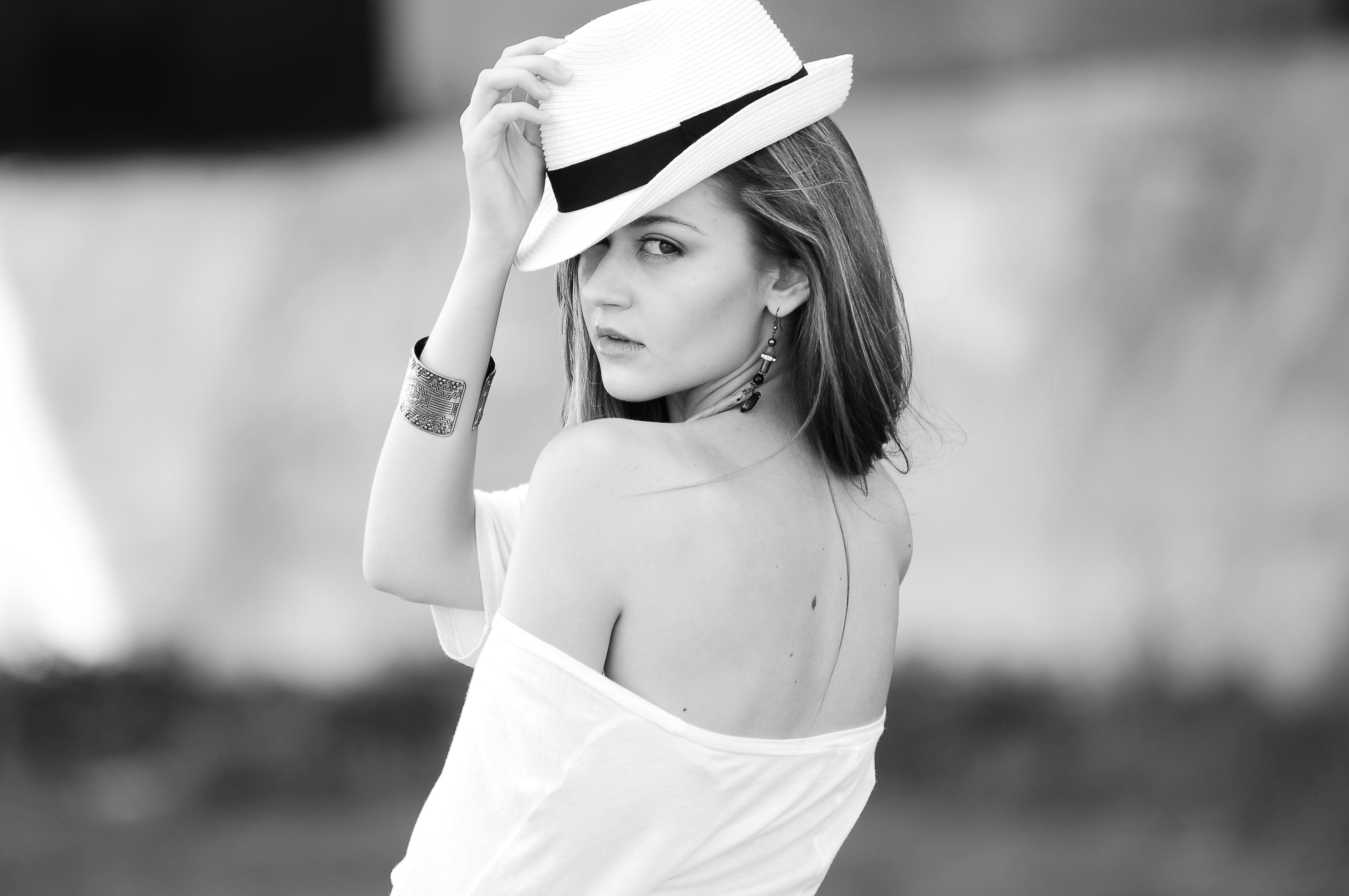Fine-art photography is the photography created by a photographer’s vision as an artist, which uses photography as a medium for creative expression. Fine-art photography aims to convey a message, an idea, or an emotion. This contrasts with representational photography, such as photojournalism, which provides a documentary visual account of specific subjects and events, representing objective reality rather than the photographer’s subjective intent. Commercial photography is primarily used for advertising products or services.
Art is inherently subjective, and its meaning varies from person to person, depending on who you ask. What appears to be art to one person may be nothing to another. Fine art photography, after street photography, is the most contentious term. Fine-art photography is created by the photographer’s vision with ideas as an artist, which also uses it as a medium for creative expressions.
Purpose of Fine-Art Photography:
Fine-art photography aims to give a message, an idea, or an emotion from it so that everyone can understand it. This contrasts with representational photography, such as photojournalism, which provides a documentary visual account of specific subjects and events, representing objective reality rather than the photographer’s subjective intent. Commercial photography is primarily used for advertising products or services.
The primary and underlying characteristic that separates fine art photography from other types of photography is that it is not about digitally documenting a subject. Fine-art photography is photography created with the photographer’s emotions and an artist who sees photography as a creative path for everyone.
One Subject and Start with a Vision
You can use a single subject for your entire body of work or a small project if you like. It’s a beautiful place to start for a beginner’s fine art photography project. It is simple to plan and carry out. The outcomes are more predictable. You’ll also learn the fundamentals while concentrating on only one subject.
Fine art photography differs from commercial or photojournalistic photography in that it is not always resentment but somewhat symbolic. Bringing a vision, emotion, or state of mind to life through a photographed image is a definition of fine art photography.
Rather than simply documenting what you see artistically, it entails inventing something that previously only existed in your mind. It’s a means of expressing yourself and your perspective on the world—and sharing it with others. That means that when you’re planning a fine art photoshoot, you should already have a theme in mind.
It’s a vital beginning point for developing fine art photography, whether it’s a particular concept or just a vague idea.
Work of Famous Photographers and get inspirations.
Fine art photography is challenging to master, and no book, article, or workshop will prepare you for it like studying the works of well-known fine art photographers. When it comes to art, it’s usually a good rule of thumb not to follow others because you can end up copying their work too closely.
It would help to establish an original personal vision with your fine art photography. As a result, you should avoid following trends or allowing fads to dictate your art. On the other hand, taking inspiration from others can be beneficial as a learning approach.
You may emulate the style of famous fine art photographers you adore, study books to learn about their creative process or start with a similar subject to get your creative juices flowing— Make sure it doesn’t get in the way of having your distinctive style. Play around with it and see where it takes you once you’ve chosen a style or subject that you enjoy.
Make the subject more personal by including your own life experiences. Choose a fine art photographer you admire and research their portfolio. Examine the relationships between their photos. Look into what makes people unique.
Cohesive Body
A body of work is a collection of photos that are related somehow. It could be a similar subject or activity or even a different processing method. Sometimes a single image isn’t enough to portray a photographer’s true sentiments or vision. Collect at least 10-15 photographs that are closely related to each other in some way that the viewer can easily identify for a quality body of work. When trying to make fine art, you can ignore some of the traditional portrait photography rules. You don’t have to show the subject’s face, for example. It’s possible that their head is turned away from the camera or that they aren’t even in the frame.
Colour with Black and White
When your images lack colour, the focus will be on lighting and contrast. As a result, you’ll need to factor that into your composition. William Eggleston and Cindy Sherman, two well-known fine art photographers, are renowned for their careful use of colour. It all depends on the atmosphere you want to create. Don’t limit yourself to filming in black and white when colour conveys just as much emotion.
You can also experiment with colour in post-production editing to see its effects. Look for subjects or situations that have a combination of bright and dark features, and experiment with your exposure settings to increase contrast. It’s an excellent idea to shoot in colour because it allows you more possibilities for post-production adjustments.
Converting to black and white may be done in various methods; thus, working with it in editing allows you to explore, make additional modifications, and find the ideal technique for your image.
Artist Statement
Before beginning a project, it’s a good idea to write an artist statement. It helps you focus on what your project is all about. Finding subjects and minimizing distractions in your photographs will be simple once your statement is complete. There’s no need for a lot of technical language or extended paragraphs in an artist statement.
Keep it brief and to the point. Consistency is essential for developing an excellent group of fine art photographs. Assume you’re working on a group of images for an exhibition. The key idea should be seen to the audience. They should also be able to recognize the style and processes used.
Compositional strategies, colour palettes, and processing styles should be consistent across multiple photos. We’re not suggesting that you cling to a single style or process every time you make fine art photography.
Alternative processing styles
In fine art photography, post-processing is frequently used. Lightroom, Luminar 4, and ON1 Photo RAW all include a plethora of pre-sets and filters that may be used to create highly artistic fine art photographs. When it comes to fine art photography, you have a one-of-a-kind opportunity to try new processing techniques.
In traditional photography, you can increase the photo’s essential quality — for example, by boosting the colours, reducing noise, and removing flaws. You may take it a step further with high art photography. Use methods such as reduced saturation, water colour, and split tone.
Shutter Speed
You can use a variety of ways to emphasize your message because fine art photography is about the artist’s vision. This could be a particular post-production technique used in-camera trickery or composition.
A rapid shutter speed might stop the action, such as 1/200 of a second, and it may add a sense of tranquillity if it is too slow. With a 1/15th-second delay, which adds just the proper amount of movement, You can use this approach to change the settings and give them a specific meaning by moving people, cars, and other objects.
Try to depict something that our eyes aren’t accustomed to seeing in real life.
Whole photo and Push boundaries
Images created through fine art photography should be original and fascinating. Frequently, the photograph would focus on a single subject. Regardless, it would help if you made an effort to look at the image as a whole. Consider the message you want to express and how the shot conveys it.
Don’t just focus on one part of the shot; think about how it functions. There are standardized procedures, regulations, and criteria that we must follow in some types of photography. In landscape photography, for example, we frequently use wind-angle photos to balance the sky and foreground objects.
Fine art photography is an exception to this rule. You can explore unlimited possibilities with fine art photography. You are free to take photographs of anything you like. Furthermore, you can push the bounds of photography and truly test its limits.
Perspective and lighting
Even if you have a vision for how you want your shot to turn out, experiment with different angles to see how they affect your image. Changing your focal length and depth of field can also drastically alter the appearance of your photo. An out-of-focus photograph with a bokeh effect can give your photograph a surreal look. Natural lighting is more beautiful than professional lighting since it is more convenient and easier to manage.
If you’re working with natural light, keep in mind that the time of day impacts colour and the sun’s position in the sky results in varied exposures. Shooting in the middle of the day with the straight sun overhead can result in stunning photographs with many contrasts. Another artistic compositional factor to consider is the texture in your photograph. Your aesthetic will be influenced by whether the photograph is smooth or grainy.
Editing
There’s also the idea that fine-art photography is only acceptable in its unprocessed state. Many fine art photographers are successfully using post-production editing techniques on their pictures. Because you can airbrush imperfections and fix flaws with exposure and colour reproduction, editing has become normal practice in photography. It is not only therapeutic, but it can also be artistic. You can experiment with saturation and exposure to get the desired aesthetic look in editing.
It’s a type of photography that extends beyond what’s in front of the lens. It is a very personal portrayal of a scenario by an artist that may differ significantly from fact. Fine art photography aims to communicate a specific sentiment or statement through your image. It should be about you and what you are passionate about in your profession.
Don’t be concerned about what others may think. If you know your goal, what your subject is, and how you want to create your work, making a statement should be simple, and you’ll be on a new, exciting route. You go to any length to get your message across.
Whether or not in-camera or post-processing techniques are necessary. Presenting your photographs as a whole body of work with an artist statement is not only professional, but it also clearly communicates your message.



